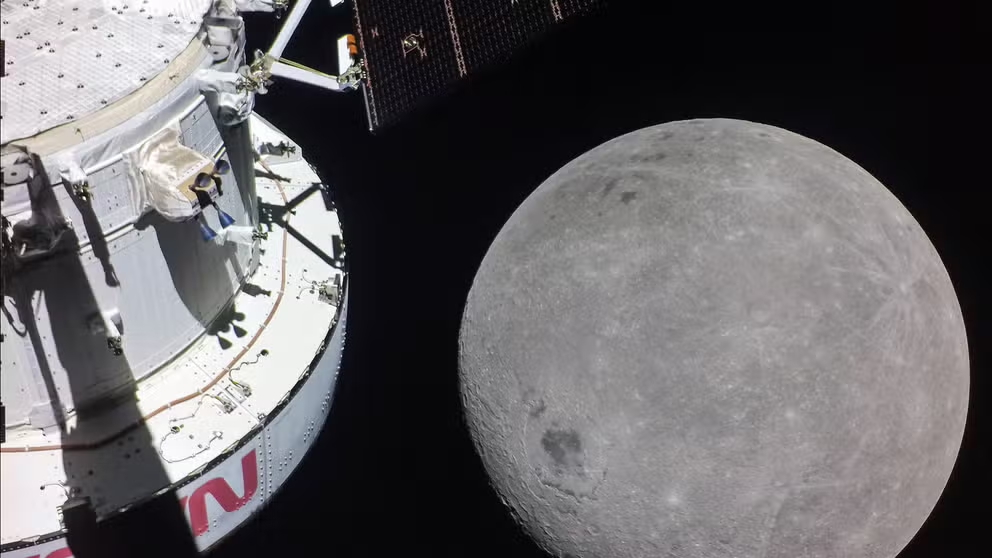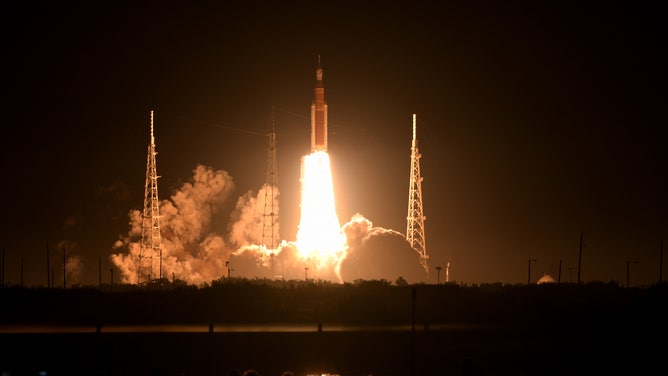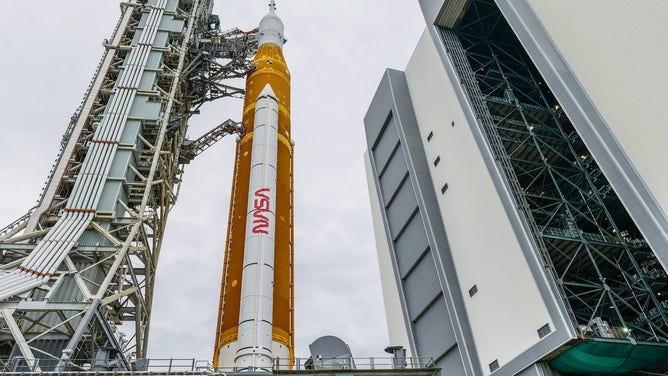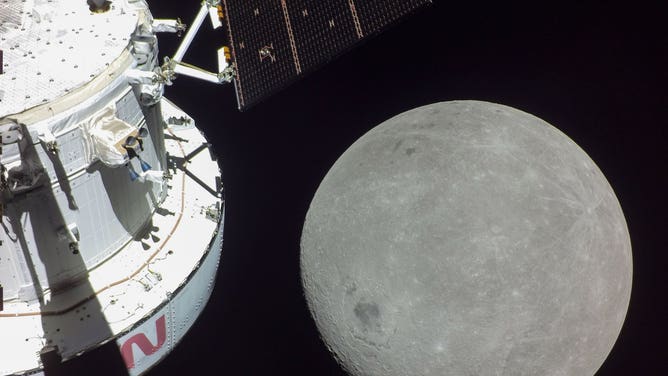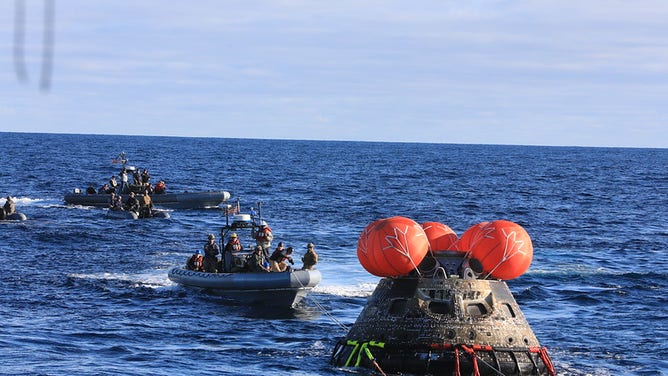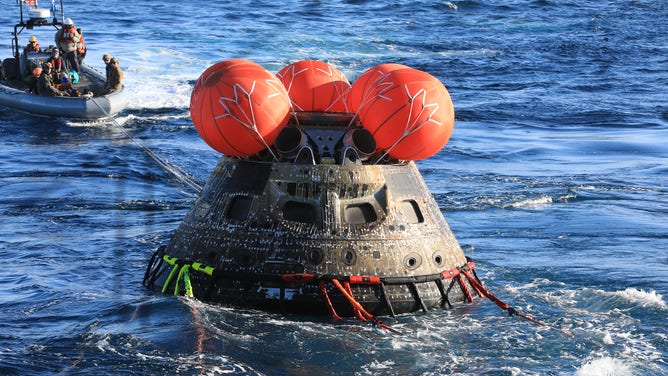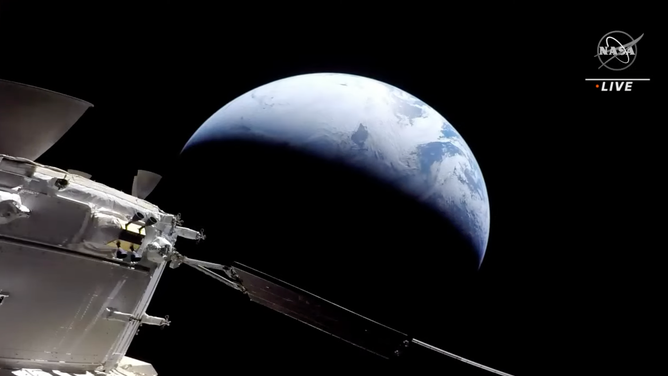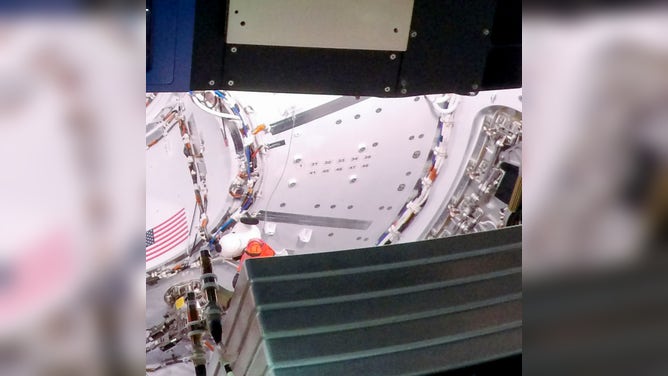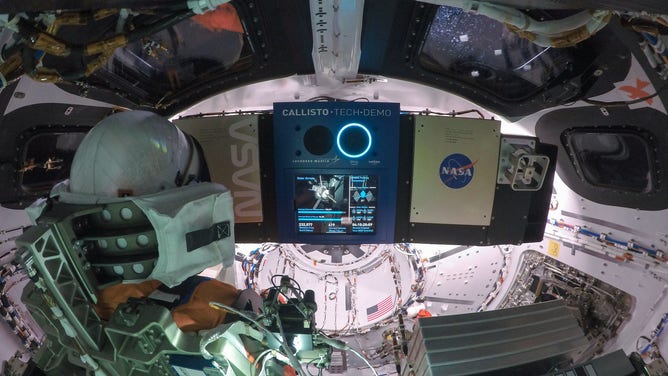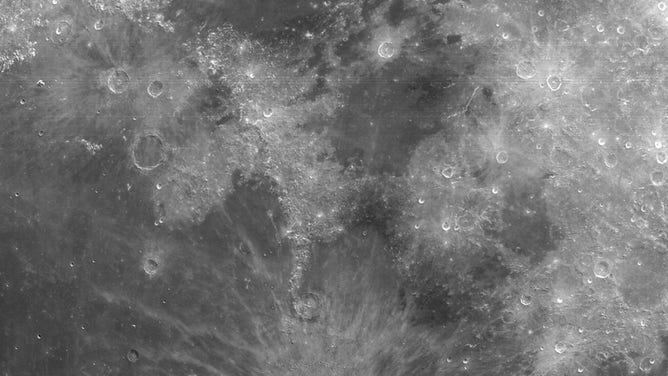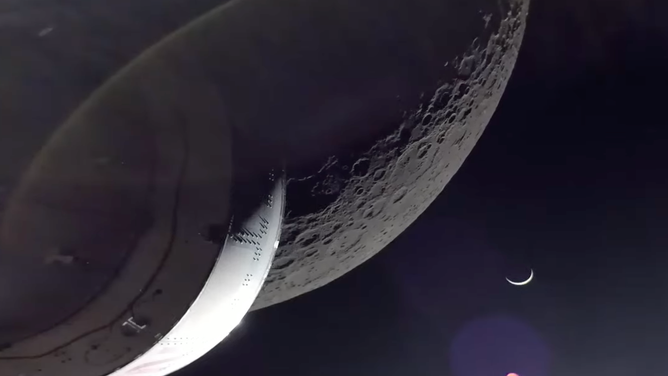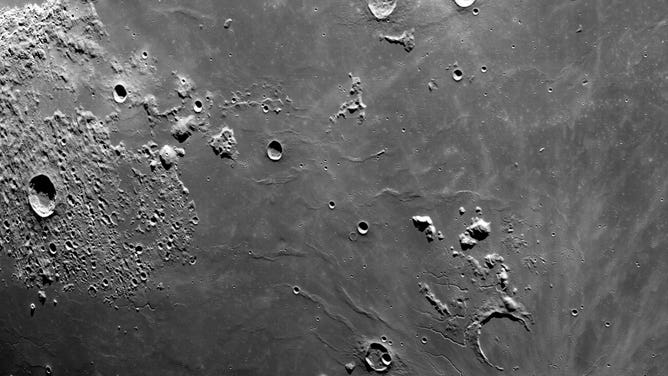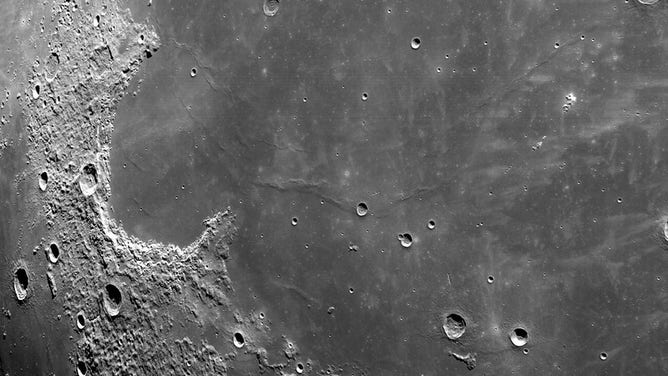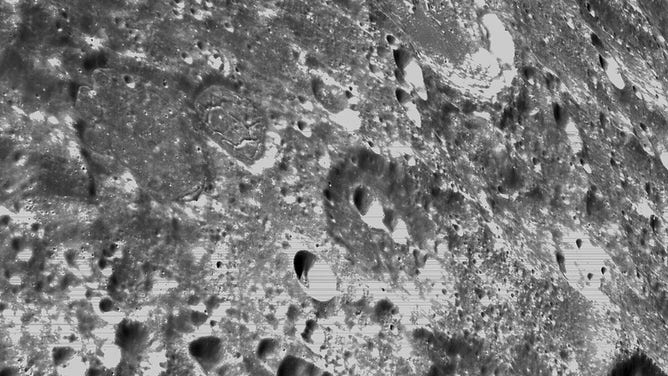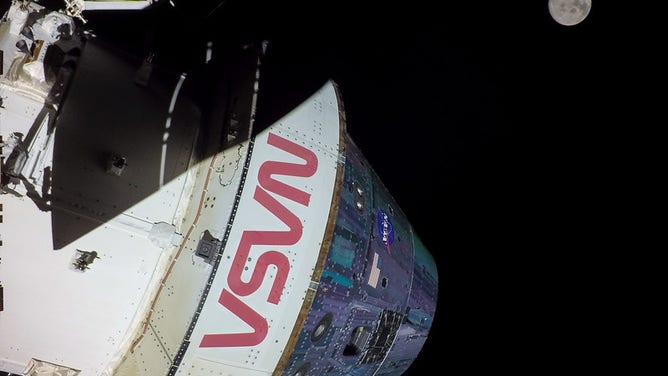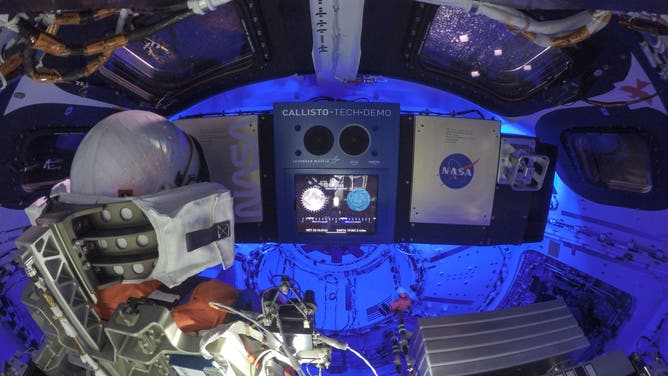Artemis II astronauts meet their spacecraft ahead of late 2024 Moon launch
NASA plans to launch American and CSA astronauts on a lunar orbit test flight in 2024 known as Artemis II. The crew and NASA leaders shared updates on the mission training and preparation.
History made: A look back at NASA's Artemis 1 journey to launch
Early Wednesday morning, the Artemis I moon rocket successfully launched from the Kennedy Space Center.
KENNEDY SPACE CENTER, Fla. – American and Canadian astronauts continue their training for a trip around the Moon next year as teams at Kennedy Space Center prepare their ride for the 1.4-million-mile journey.
NASA Administrator Bill Nelson and the Artemis program astronauts were at KSC in Florida on Tuesday, where the Space Launch System rocket and Orion spacecraft will launch in late 2024 if the current timeline holds.
In April, NASA revealed the four-person astronaut crew who will embark on the first human mission to orbit the Moon in more than 50 years known as Artemis II, which builds on the successful first spaceflight of SLS and Orion during the Artemis I test flight in November.
Artemis 1 mission: Orion spacecraft captures breathtaking images of the Earth and moon
As Orion began its closest approach to the moon yet, NASA shared live views of the moon and Earth as seen from the Artemis I spacecraft.
NASA astronauts Reid Wiseman, Victor Glover and Christina Hammock Koch, and Canada Space Agency astronaut Jeremy Hansen will launch on the SLS rocket in the Orion spacecraft as soon as November 2024 on an elongated orbit of the Moon.
The astronauts saw their spacecraft for the first time during their visit to Florida's Space Coast this week.
"We’re fired up," Wiseman said. "It’s a great day when you walk out to the Neil Armstrong Operations and Checkout building, and there’s your spacecraft."
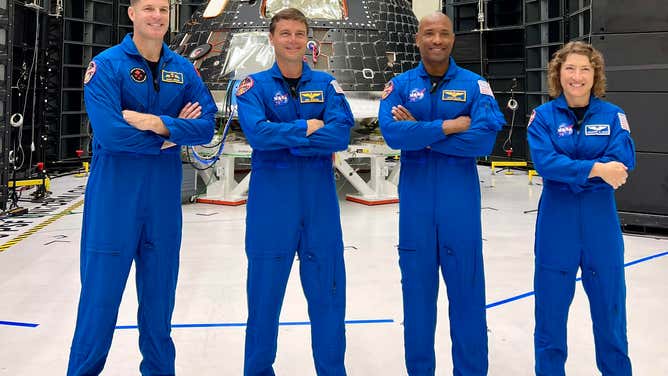
The Artemis II astronaut crew in front of the Orion spacecraft at Kennedy Space Center in Florida on Aug. 8, 2023. From left to right: CSA astronaut Jeremy Hansen and NASA astronauts Reid Wiseman, Victor Glover and Christian Hammock Koch. (Image: NASA)
(NASA)
Since the crew announcement, the astronauts have been busy. They started Orion spacecraft systems training and visited Orion manufacturer Lockheed Martin in Denver.
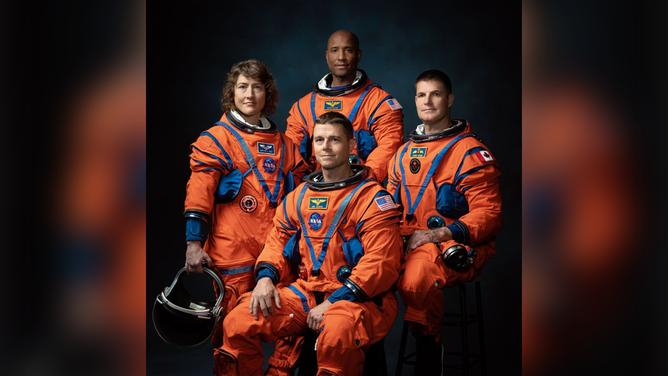
The crew of NASA’s Artemis II mission (left to right): NASA astronauts Christina Hammock Koch, Reid Wiseman (seated), Victor Glover, and Canadian Space Agency astronaut Jeremy Hansen.
(NASA)
The three NASA astronauts have previous spaceflight experience on the International Space Station. Artemis II will be Hansen’s first spaceflight.
Hansen described seeing the capsule for the first time.
"Seeing the capsule for all of us it sent shivers down our spines as we saw it for the first time inside, and real flight hardware made a real impression," Hansen said.
Outside of training and busy outreach schedules, Glover said the astronauts are trying to spend as much time with their families as possible.
Koch said the crew often brings their families along when they travel when they can.
"That is really a great way to integrate. We feel like a family in and of ourselves, and I think they are also feeling that way," Koch said.
NASA'S ORION SPACECRAFT OFFERS LAST BREATHTAKING VIEWS OF THE MOON AS IT BEGINS JOURNEY HOME
International interest in lunar resources
The 10-day Artemis II mission is the final test flight before Artemis III in 2025 when NASA plans to land the first humans on the Moon since the Apollo program.
China and Russia have also announced plans to land humans on this unexplored region of the Moon.

LROC Wide Angle Camera mosaic of the lunar south polar region. [Image: NASA/GSFC/Arizona State University].
NASA Administrator Bill Nelson said there is renewed interest in the Moon because the shadowed regions of the lunar South Pole likely contain frozen water, which can be mined to make fuel and other resources.
"I don’t think that a lot of people would be saying at this point that Russia is actually ready to be landing cosmonauts on the moon in the timeframe that we're talking about going to the moon," Nelson said, adding, "I think the space race is really between us and China."
NASA created the Artemis Accords, which 28 other countries have signed, to set a standard for safe and peaceful space exploration, including the use of space resources.
"I don't want China to get to the South Pole first with humans and say, ‘This is ours; stay out,’" Nelson said.
NASA wants to make sure water on the moon is "available to all, not just the one claiming it," Nelson said.
Starship orbit key to 2025 Moon landing
NASA still needs additional hardware to be ready for a lunar landing.
Jim Free, NASA associate administrator of the Exploration Systems Development Mission Directorate, provided a checklist ahead of the Artemis II flight and for missions beyond.
Assembly on the Orion crew module needs to be finished and tested before next year's launch.
Free said repairs of Kennedy Space Center launchpad 39B, where Artemis II will launch, are ongoing.
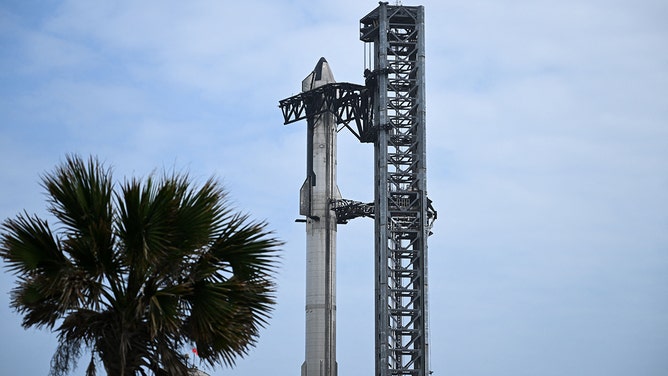
The SpaceX Starship stands ahead of the scheduled launch from the SpaceX Starbase in Boca Chica, Texas on April 19, 2023.
(Patrick T. Fallon / AFP / Getty Images)
The blast from the maiden launch of SLS caused damages to the launch complex, including blowing off the elevator doors at the launch tower.
The SLS rocket will begin stacking inside the KSC Vehicle Assembly Building early next year.
NASA is tracking toward a late November 2024 launch with a few weeks of margin, according to Free.
Under NASA's current timeline, the Artemis III Moon landing is targeting December 2025, but the agency still needs to see the development of the human Moon landing system completed.
SpaceX is developing and testing Starship and superheavy booster, the spaceship and launch system that will land the astronauts on the surface of the Moon and carry them back to the lunar Gateway, an orbiting station around the Moon.
SpaceX conducted a launch test of Starship in April, but the spaceship has yet to make it to orbit. Elon Musk's company is currently working toward a second test flight of Starship in Texas.
"They need to launch multiple times, not just for us but for them. And then they need to launch multiple times for us. So we really want to see them find the success in their launches, including the next one," Free said of SpaceX.
Free said NASA officials recently visited SpaceX's Starbase facility in Texas to get information on when the vehicle could be ready.
Free said the timeline is important for all the commercial companies NASA is working with on Artemis. Axiom Space is developing spacesuits for lunar exploration, and there are interfaces that will need to work together, along with Orion spacecraft systems.
NASA Deputy Administrator Pam Melroy said the space agency has hardware in progress through the sixth Artemis mission.

